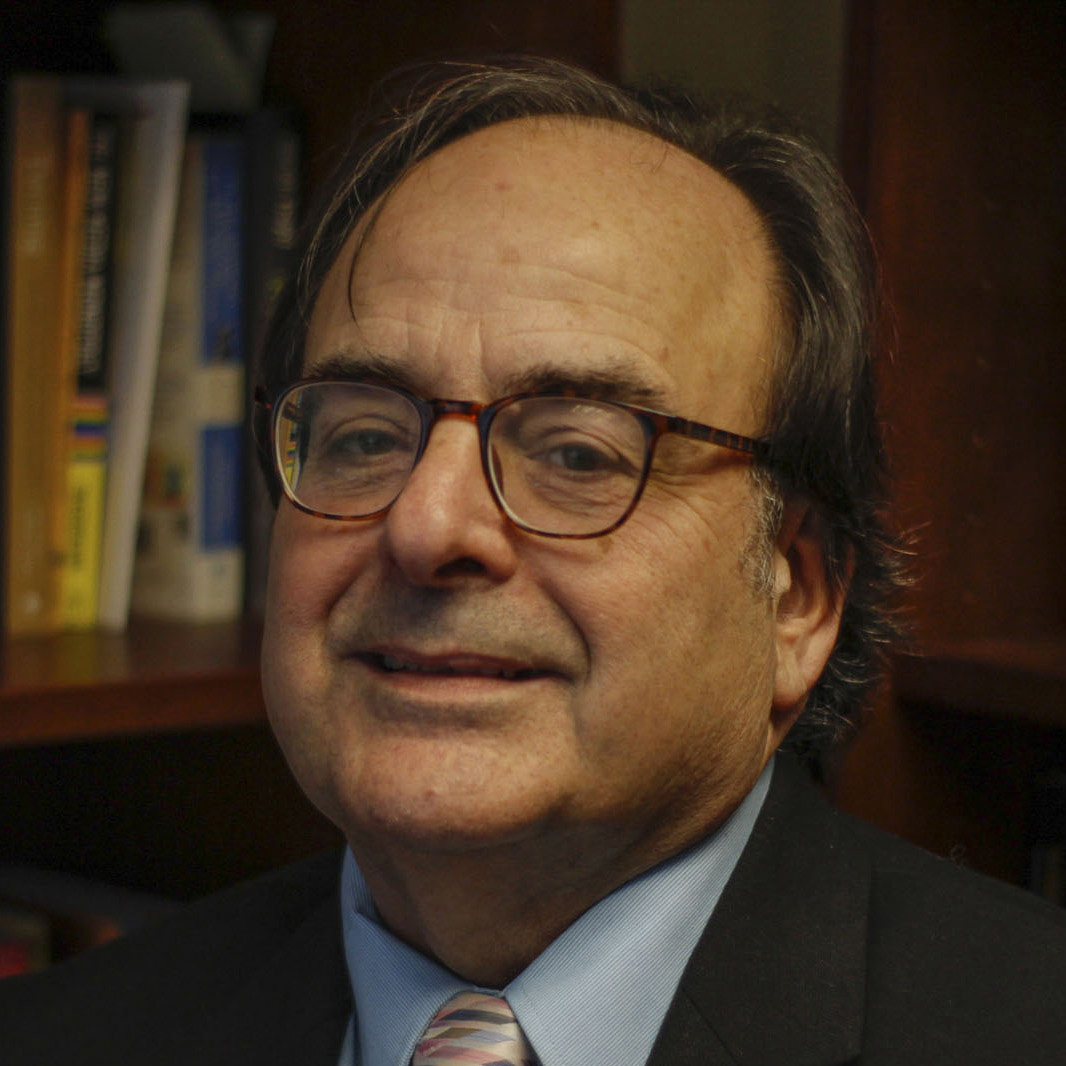The New York Times deploys 1,700 journalists in 160 countries “to bear witness and hold power to account.”
Founded in 1851, the newspaper rose in prestige through the decades, beginning with coverage of the Titanic in 1912 and continuing with publication of The Pentagon Papers in 1971, changing the course of history and helping establish First Amendment freedoms in the process.
In 1913, librarians designated the Times as “the newspaper of record” because it indexed stories. The newspaper has won 132 Pulitzer Prizes, more than any other outlet, with its first for public service in 1918 — publishing full texts of official World War I records.
As of August 2021, the Times listed 16 op-ed columnists, including Maureen Dowd, Thomas L. Friedman and Paul Krugman.
Arguably, these and other columnists have shaped the newspaper’s reputation as much as the phalanx of reporters on the ground around the world, with many Americans still believing the Times is a bastion of liberal thought.
Media Bias/Fact Check rates the newspaper as moderately left of center, with highly factual reporting “considered one of the most reliable sources for news information due to proper sourcing and well-respected journalists/editors.” The analysis did find false claims in reportage with timely corrections made as soon as new information was available. Further, the site adds, “failed fact checks occurred on Op-Ed pages and not straight news reporting.”
The Times also was noted for its efforts on impartiality. For years it hired independent public editors to address newsroom bias. In “Why Readers See The Times as Liberal,” Liz Spayd, the sixth and last public editor, recommended “leaving editorials on the editorial page, banning campaign ads from the home page,” and diversifying political values in the newsroom.
A year later, the Times eliminated her position.
In her last report, “The Public Editor Signs Off,” Spayd wrote:
Having the role was a sign of institutional integrity, and losing it sends an ambiguous signal: Is the leadership growing weary of such advice or simply searching for a new model?
I am going to recommend that model — an opt-in newsletter for anyone willing to pay for op-eds. I am focusing on the Times because the newspaper already is moving in that direction. The model works for any major newspaper with a digital website.
Fact or factoid?
Many Americans do not know the difference between news and opinion.
A Media Insight Project survey found only 43% of respondents being able to easily sort news from opinion in online-only news or social media. They were more confident differentiating news from opinion in local TV news, “which usually contains no formal commentary.” Even when a news publisher labeled opinion as such, many people still could not tell the difference.
In “Opinion, news or editorial? Readers often can’t tell the difference,” Poynter contributor Eliana Miller noted that print media readers typically know what is and isn’t news. “Online, things aren’t so clear. Confusion fuels readers’ complaints that opinions, political agendas and bias are creeping into reporters’ work.”
Miller detailed efforts to delineate news from opinion, such as labeling and page design. She cited an editorial page editor explaining to the audience that op-ed writers are “paid to opine” and a content director videotaping interviews with columnists about their opinions.
All nice. All ineffective.
The situation has become alarming in recent years. A report by the Pew Research Center, “Distinguishing Between Factual and Opinion Statements in the News,” tested people’s ability to “recognize news as factual — something that’s capable of being proved or disproved by objective evidence — or as an opinion that reflects the beliefs and values of whoever expressed it.”
The study found that a majority of Americans could identify three of the five statements as news or opinion. “But this result is only a little better than random guesses. Far fewer Americans got all five correct, and roughly a quarter got most or all wrong.”
Some editors now label op-eds as “Opinion:” (with colon) in the first word of the headline. The New York Times, which retired the term “op-ed” earlier this year, includes the label “guest essay,” as in this recent one with a distinct political viewpoint: “The South’s Republicans Talk About Freedom While People Die.”
That was published on Sept. 6, 2021. The Times front page that day had comprehensive reports on a new abortion law in Texas, COVID-19 deaths, Afghan refugees, a Napoleonic general, and Nicaraguans who fear President Daniel Ortega — hardly content of a left-wing Democratic mouthpiece. But that is precisely what a federal appeals judge believed about the Times and The Washington Post (among others) in a dissenting opinion about an unrelated defamation case.
To combat such stereotypes, some newspapers have taken steps beyond labeling and design considerations. For instance, The San Diego Union-Tribune has a “News vs. Opinion” site, defining a news story, an editorial, a column, an analysis, a letter and an op-ed.
The Chicago Tribune responded last year to reader complaints with a multi-pronged approach, labeling op-eds “Tribune Voices,” developing headline standards for commentary, and revising the design of print pages with all columns in one place.
“Finally,” wrote then editor-in-chief Colin McMahon, “we are experimenting with other callouts we may add as we strive to be as transparent as possible with readers about what we do — particularly amid what is by all accounts a raw and hyperpartisan political environment.”
McMahon stepped down Aug. 10, 2021, “after a challenging 18 months at the helm of Chicago-based Tribune Publishing’s flagship newspaper.”
Every newspaper is experiencing challenging times, in part, because people increasingly do not believe legitimate news. Many Americans associate newsmakers, events—and even the pandemic—with partisan politics.
Consumers get free political news from websites, blogs and social media. That diet has consequences.
It’s time to opt in.
The case for newsletters
The New York Times has three types of email newsletters: briefings, personalized alerts, and subscriber-only. Briefings are free but point to the Times’ paywall. Personalized alerts build viewership in the same manner, attracting people passionate about a topic, writer or trend.
Some 19 out of 50 Times newsletters are now available only to subscribers. Nieman Lab staff writer Sarah Scire quoted Alex Hardiman, chief product officer at the Times, promoting newsletters because they attract people who “are far more likely to pay and to stay.”
Opinion writers reportedly are the anchor of newsletters, incentivizing recruitment and retention of subscribers.
Krugman, in fact, is mentioned as a particularly valuable asset to the newsletter format. You can find his columns in newsletters and on the Times’ digital website.
The Times should make one more adjustment to its model, removing Krugman and other opinion writers from the digital edition and including them only as opt-in newsletter headliners.
No doubt Krugman et. al. would dislike the option as it diminishes influence. That’s the point here. By all means, retain op-ed writers in print editions because readers readily can distinguish viewpoints from news.
This reverses a common marketing strategy that aligns viewpoints of columnists with the perceived psychographics of the target audience. This practice has blurred the line between news and opinion, exacerbated now because some current and former opinion page editors operate as digital engagement editors.
In “It’s time to rethink the opinion section,” media reporter Chris M. Sutcliffe makes the case for change when voices of columnists undermine reportage, often because news outlets promote commentary on social media.
“There is considerable incentive for columnists to be controversial or deliberately strident on some arbitrary issue, because they are rewarded for driving views,” Sutcliffe writes. “That controversy may be good for newspaper businesses in the short-term. However, when it undermines trust in the news side of the house, it undermines the business as a whole.”
In sum, newspapers should adopt all of the methods cited here:
- Fact-check op-eds and require corrections for any fabrication, half-truth or exaggeration.
- Survey audiences to see if they can tell the difference between news and opinion.
- Create stand-alone digital and print pages, defining a news story, an editorial, a column, an analysis, a letter and an op-ed.
- Clearly label op-eds, using “Opinion:” or “Guest Essay:” as the first words in the headline so that the term also appears in social media links.
- Revise the design of the website and print page so that columnists are clustered in one place.
- Hire or assign audience engagement editors with reporter rather than opinion credentials.
- Consider an opt-in newsletter for op-eds, removing columnists from digital but not print editions.
Society and social media are awash with opinion, and we are paying the price, with people no longer believing in democracy, science and each other. Publishers need to do more so journalism regains its lost allure and people new respect for the demanding, dangerous and yes, impartial, jobs of reporters.
Otherwise, the lack of trust and perceived bias will taint reputations and decimate subscriptions.








Disagree. I suspect many readers can’t distinguish news they like from news they dislike, for heaven’s sake. When they see facts they disagree with, they call it opinion.
Wish the industry would survey Americans on their ability to identify a story as news (fact) when it’s not what they want to hear. If they dismiss disagreeable news as opinion, then what good will it do to isolate news from opinion? Readers will just argue that a news story was misclassified — “That shoulda been labeled opinion!” Where’s the gain in trust?